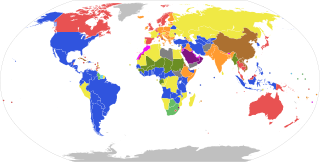
Orinats Yerkir, is a political party operating in Armenia since its foundation in 1998 by Artur Baghdasaryan, who is leading the party up to now. In the 2007 Armenian parliamentary elections, it obtained 9 seats in parliament, in contrast to 19 seats in the 2003 elections. It has not had a presence in the National Assembly since 2017 after failing to win any seats. The party's name is translated into English in a number of ways, including Country of Law and Rule of Law.
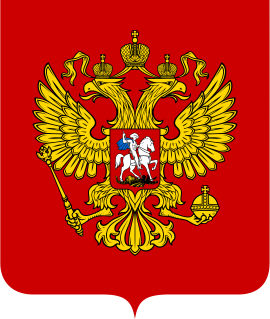
On the federal level, Russia elects a president as head of state and a legislature, one of the two chambers of the Federal Assembly. The president is elected for, at most, two consecutive six-year terms by the people. The Federal Assembly has two chambers. The State Duma has 450 members, elected for five-year terms, using a system of proportional representation, where parties gain a percentage of seats equal to the percentage of national votes they gained, with a 7% threshold required to gain any seats in the Duma. The Federation Council is not directly elected; each of the 85 federal subjects of Russia sends 2 delegates to the Federal Council, for a total of 170 members.

Belarus elects on national level a head of state - the president - and a legislature. The president is elected for a five-year term by the people. The National Assembly has two chambers. The House of Representatives has 110 members elected in single-seat constituencies elected for a four-year term. The Council of the Republic has 64 members, 56 members indirectly elected and eight members appointed by the president.
The Communist Party of Artsakh is a communist political party in the Republic of Artsakh. The party failed to receive any seats in the 19 June 2005 elections, the 23 May 2010 elections, and the elections in 2015.

The Parliament of Albania or Kuvendi is the unicameral representative body of the citizens of the Republic of Albania; it is Albania's legislature. The Parliament is composed of not less than 140 members elected to a four-year term on the basis of direct, universal, periodic and equal suffrage by secret ballot. The Parliament is presided over by a Speaker of the Parliament, who is assisted by at least one deputy speaker. The electoral system is based on party-list proportional representation. There are 12 multi-seat constituencies, corresponding to the country's administrative divisions.

Parliamentary elections were held in Latvia on 7 October 2006. The governing coalition, led by Prime Minister Aigars Kalvītis and his People's Party, won the election. Kalvitis's government thus became the first to be re-elected since Latvia had regained independence in 1991.

Parliamentary elections were held in Armenia on 12 May 2007. 1,364 candidates ran for the 131 seats, 41 of which were constituency seats with the remaining 90 being filled by a proportional party-list system. The electoral threshold is five per cent.

Heritage is an Armenian national liberal party. It was founded in 2002 by Raffi Hovannisian, independent Armenia's first Foreign Minister.

Presidential elections were held in Armenia on 19 February 2008. Prime Minister Serzh Sargsyan was elected in the first round according to official results, but this was disputed by former President Levon Ter-Petrosyan, who was officially placed second.
Smartmatic ; is a Venezuelan-owned multinational company that specializes in technology solutions aimed at governments. It is organized around producing electronic voting systems, smart cities solutions, and identity management systems for civil registration, as well as authentication for government applications.

Aravot is a leading liberal and politically independent daily newspaper based in Yerevan, Armenia. It was founded in 1994. Its editor-in-chief is Aram Abrahamyan.
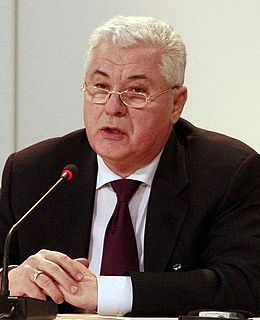
Parliamentary elections were held in Moldova on 5 April 2009. The Party of Communists of the Republic of Moldova (PCRM) won a majority of seats for the third consecutive occasion. Turnout was 59%, exceeding the 50% necessary for the election to be valid.

A parliamentary election was held in Estonia on 6 March 2011, with e-voting between 24 February and 2 March 2011.
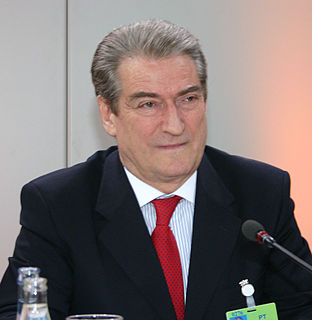
The Albanian local elections of 2011 took place on 8 May 2011 in Albania. Electors were asked to elect their municipality's mayor, municipal council members, municipal unit mayor, and municipal unit members. The elections were administrated by the Central Election Commission of Albania. Only 9 of the 384 winning candidates were women.

A parliamentary election was held on May 6, 2012 in Armenia.

Presidential elections were held in Azerbaijan on 9 October 2013. The result was a victory for incumbent President Ilham Aliyev, who received 84.5% of the vote, whilst leading opposition candidate Jamil Hasanli finished second with 5.5% of the vote.

A constitutional referendum was held in Armenia on 6 December 2015. Its amendments to the constitution put the country on a course from having a semi-presidential system to being a parliamentary republic, with the changes beginning to take place during the 2017–18 electoral cycle. The referendum passed with 66.2% of voters supporting it. Voter turnout was 50.8%, passing the 33% threshold to validate the results.
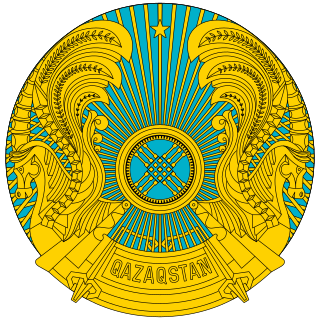
Parliamentary elections were held in Kazakhstan on 20 March 2016. The date was set by president Nursultan Nazarbayev on 20 January 2016, when he dissolved the Mazhilis after it had requested dissolution on 13 January, with the reason cited being the economic crisis caused by low oil prices. Normally, the term of the Mazhilis would have expired in Autumn 2016.

Snap parliamentary elections were held in Armenia on 9 December 2018, as none of the parties in the National Assembly were able to put forward and then elect a candidate for Prime Minister in the two-week period following the resignation of incumbent Prime Minister Nikol Pashinyan on 16 October. They were the first elections after the 2018 revolution and the country's first-ever snap elections.

Citizen’s Decision is an Armenian social-democratic political party founded in November 2018 by a group of left-leaning activists following the Velvet Revolution. The party traces back its origin to the 2012 Mashtots Park Movement.


